Top 10 most awesome facts about Snowdonia

Top 10 most awesome facts about Snowdonia
Snowdonia is one of Britain’s most breathtaking national parks. With its extensive network of hiking trails, tranquil lakes, craggy peaks and spectacular views, it’s a truly magical place!
Whether you’re a frequent visitor or have yet to make it to this gorgeous natural wonder, you’ll love these facts about Snowdonia!
Here are the top 10 most awesome facts about Snowdonia.
1) Snowdonia is home to the highest mountain in Wales
At a whopping 3,560 feet, Snowdon is the highest mountain in Wales and the second highest point in the UK.
There’s nothing more physically and mentally challenging than climbing a mountain. Yet nothing more physically and mentally rewarding! But the great thing about Snowdon, despite its height is just how accessible it is.
There are routes for varying ability levels which makes it the perfect mountain for seasoned as well as first-time climbers. If you fancy giving it a go, here are 15 tips for climbing Snowdon to ensure you reach the top!
If hiking isn’t your thing but you’re a sucker for a great view, you can alternatively take the train up. Just double check before you plan to visit to make sure it’s running.
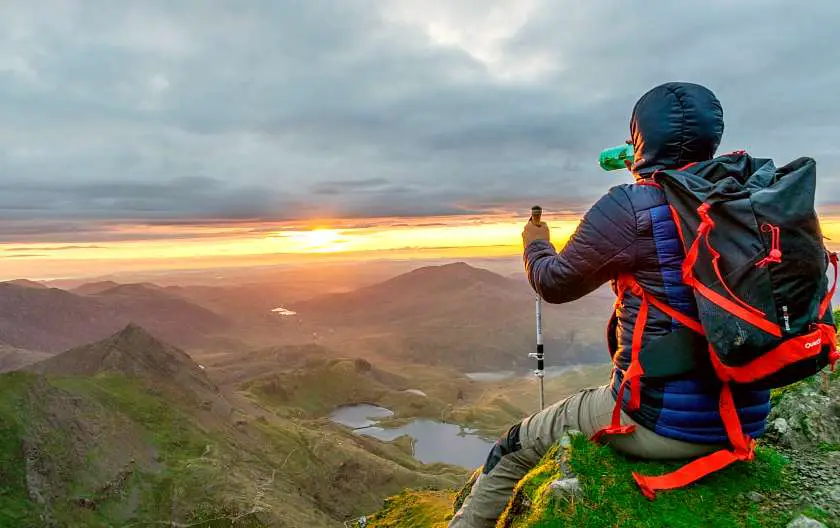
2) Snowdonia is known as ‘Eryri’ in Welsh
Snowdonia’s Welsh name, Eryri (pronounced: “eh-ruh-ree”) is believed to derive from the Latin word for “rise” (oriri).
The mountain itself is known as Yr Wyddfa in Welsh which means “the tumulus” or “the barrow”, referring to the stack of stones thrown over the legendary giant Rhitta Gawr after his defeat by King Arthur (more on the mythology of Snowdonia later!).
In English, Snowdon comes from the Saxon word for “snow hill” – cute!
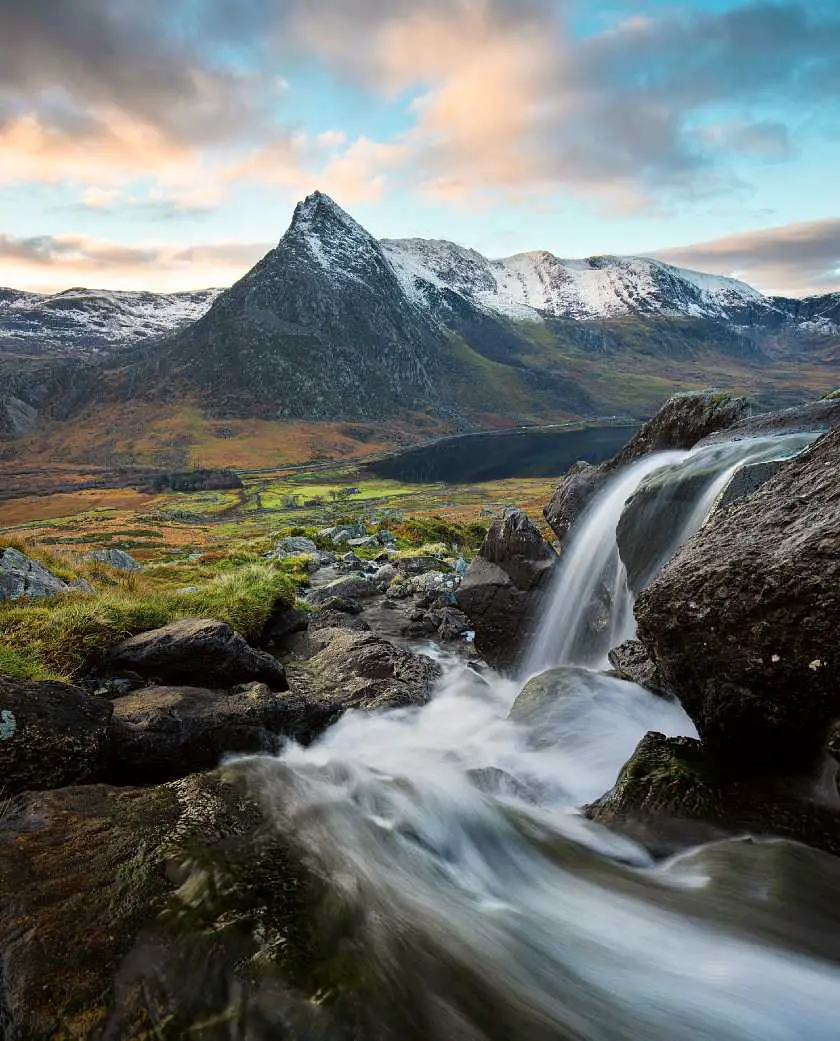
3) Snowdonia is made up of nine mountain ranges
As Snowdonia covers a vast area of 823 square miles, it’s no surprise that the national park has an impressive NINE mountain ranges that cover 52% of it!
It’s no wonder tourists, hikers and climbers flock to its scenic mountain range to enjoy its natural beauty.
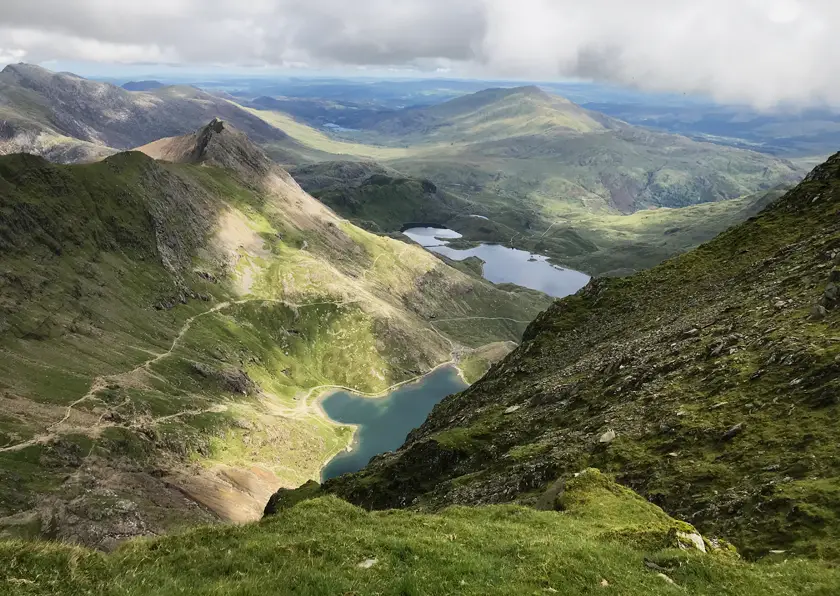
4) Edmund Hillary used Snowdon as climbing practise before summiting Everest
This is by far one of my favourite facts about Snowdonia! As at one crazy point whilst watching an inspirational film about Everest, I considered adding this incredible feat to my bucket list. But then I found out about the high fatality rate and cost of doing it and thought, nah! I’ll leave that one to ensure I live to complete the rest of my list!
Most of us know that legendary mountain climbers, Edmund Hillary and Tenzing Norgay were the first to reach the summit of Everest in 1953, but what many people don’t know is that Hillary used Snowdon as climbing practise before taking on Everest.
When I found out I was following in the footsteps of climbing royalty when I visited Snowdonia it made the experience that more special.
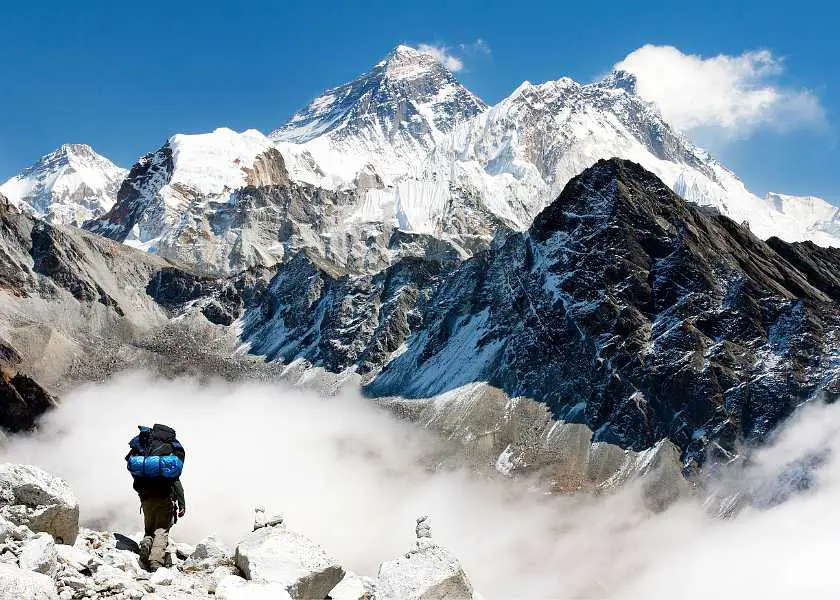
5) Snowdonia is home to three UNESCO World Heritage Sites
Out of the 1,092 UNESCO World Heritage Sites, Wales claims four, with three sites located in Snowdonia alone! These include:
- The Slate Landscape of Northwest Wales – the slate landscape makes up six sites around the country of Gwynedd that are all a legacy of the 19th century’s booming slate industry.
- Castles and Town Walls of King Edward I in Gwynedd – the preserved castles of Beaumaris and Harlech and the fortification of Caernarfon and Conwy are exemplary examples of medieval engineering during King Edward I of England’s conquest of Wales in the 13th century.
I’m a big fan of Conwy, it’s an absolutely fantastic day out! Check out my top 10 things to do in Conwy, Wales post to find out more. The smallest house in Britain and Conwy Castle are my personal faves!

6) Charles Darwin visited Snowdonia to study its rock formations
Another famous visitor to grace the paths of Snowdonia was Charles Darwin. The world-famous naturalist, geologist and biologist, best known for his contributions to evolutionary biology, visited the national park for a week before his world voyage in 1831.
During his time in Snowdonia, Darwin confirmed a theory first put forward by scientists, Dr William Buckland and Joshua Trimmer.
He found tiny fossils of sea creatures and oceanic plant life in the scattered rocks and boulders in Cwn Idwal which proved it had been the rocky floor of the Iapetus Ocean over 20,000 years before!
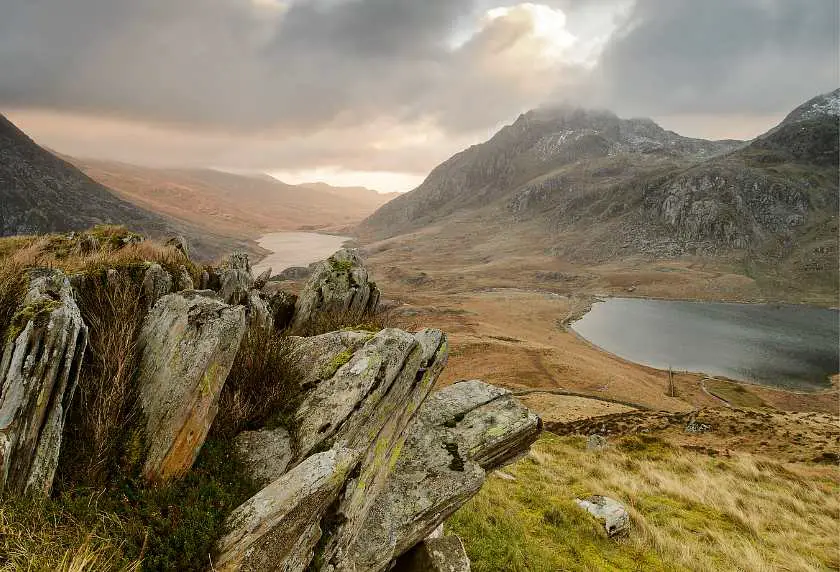
7) Around 500,000 reach the top of Snowdon each year
I actually thought that this figure would be a lot higher as every time I’ve been to climb Snowdon it’s been really busy. Although this figure doesn’t take into account all those that take on Snowdon but give up before reaching the top!
But unless the weather has turned and it’s too dangerous to carry on or there is a medical problem – I can’t stress enough for you to keep going!
Yes, it’s challenging, yes, it’s tiring…yes you may think you can’t do it at several points during the climb. But embrace all those highs and lows because it’s all about the journey (don’t vom, it’s true!). And there is no greater feeling than sitting your knackered bum on the edge of that peak and enjoying that breathtaking view.
If you plan to take on Snowdon, don’t forget to wear a proper pair of hiking boots. You don’t need an expensive pair.
I got mine from Decathlon for only £44.99 a couple of years ago on sale but this pair have all the same features and are currently half price! They’re super comfy, waterproof and most importantly have good grip for scrambling over rocks.
If you’d like more pointers on gear and tips for climbing Snowdon, check out my post: 15 tips for climbing Snowdon to ensure you reach the top!
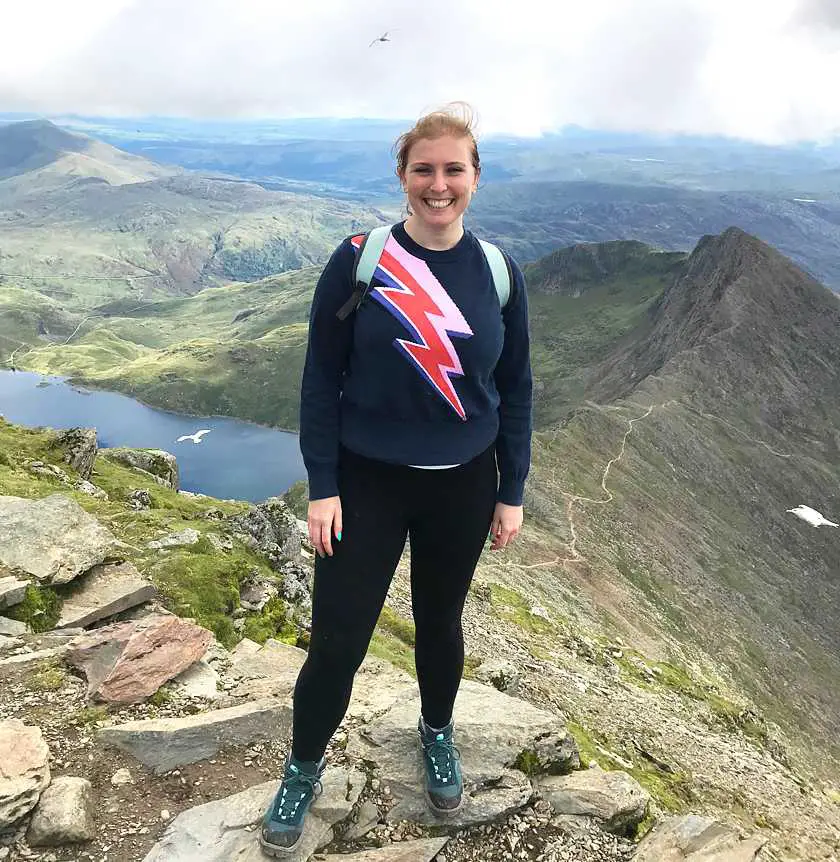
8) Snowdonia took shape during the Ice Age
One of the little known facts about Snowdonia is its geological history and how it was formed.
Well, friends, I’ve got all the deets! The rocks that form Snowdonia’s peaks were produced by volcanoes. But its distinct landscape was actually carved over 10,000 years ago during the last Ice Age. How freakin’ cool is that?!
During this time, Snowdonia’s valleys filled with water and created several lakes which then froze over into large glaciers.
After the glaciers thawed, they left behind Snowdon’s stunning u-shaped valleys that have been captivating climbers for hundreds of years.
Over the centuries of course, humans have intervened further (when have we not?), cutting down trees to make way for farm land and creating walking paths for walkers and climbers.
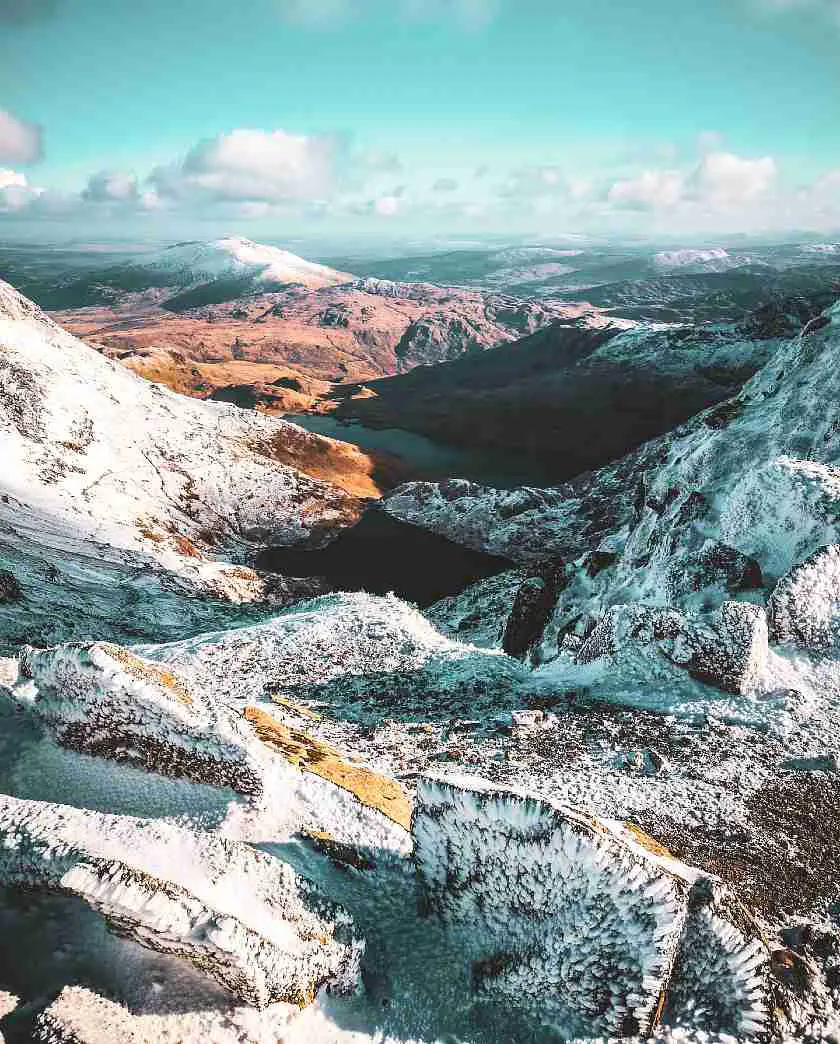
9) Snowdonia is rich in copper, gold, and slate which has been mined since Roman times
With most of the mines now closed in Wales due to declining industries, Snowdonia is a place that hikers and tourists frequent to bask in its natural beauty and enjoy the stunning views from its many peaks.
But between 48AD and 383AD, the occupying Romans visited and ultimately stayed for a very different reason. Snowdonia was a literal gold mine!
The Romans extracted the landscape’s natural resources, including: copper, gold, slate, lead, zinc and silver to aid the economic growth of the empire.
There are still military roads and fortification archaeological remains that have survived in Wales to this day.
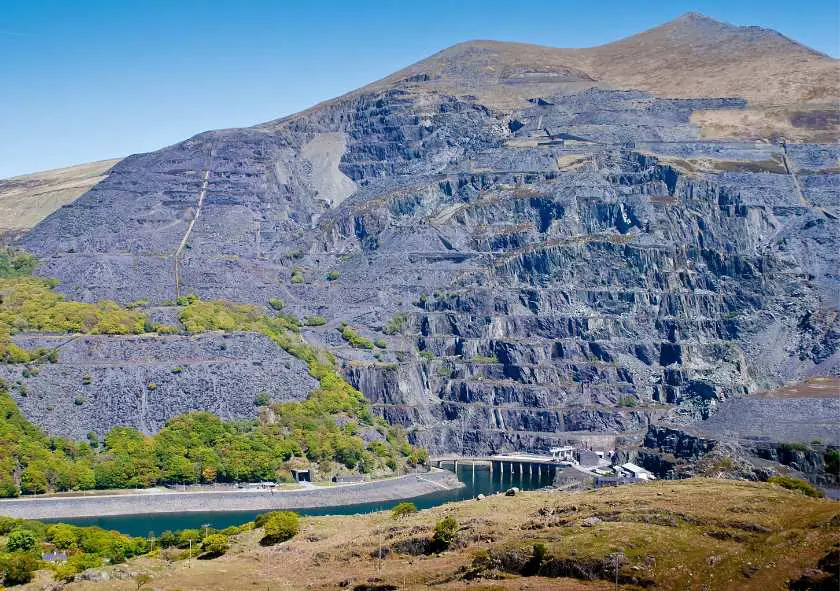
10) Snowdonia’s Dinas Emrys Trail is home to a secret sleeping dragon (allegedly 😉)
Wales is steeped in wonderful mythology which was developed from Celtic traditions in the 5th and 6th centuries.
One of Wales’ most famous tales comes from Snowdonia’s Dinas Emrys Trail and features Wales’ symbolic red dragon.
Legend has it that the trail leads to where two ancient dragons, the Welsh Red Dragon and the Saxon White Dragon fought over control of Wales. It was said to be a prophecy about King Vortigern (represented by the white dragon), and the rightful heir to the throne, Uther Pendragon, King Arthur’s father.
The Welsh Red Dragon was victorious which meant that Uther was destined to defeat Vortigern and reclaim the throne. The Welsh Red Dragon has allegedly been asleep under Snowdonia ever since, protecting the land and ready to strike if anyone dare try to take over again.
So be careful if you decide to hike down the Dinas Emrys Trail, you may end up waking up a sleepy dragon!
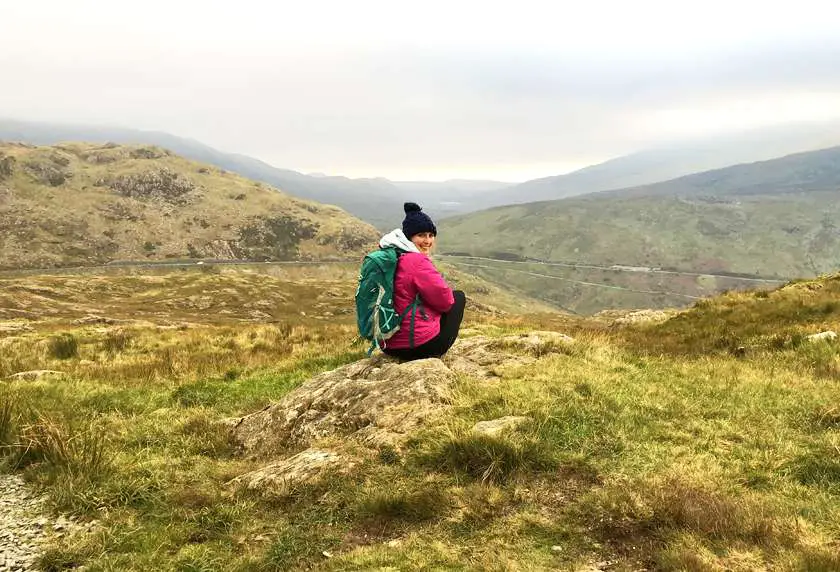
Other posts about Wales you might like…
- 15 Tips for climbing Snowdon (to ensure you reach the top!)
- Top 10 things to do in Conwy
- Caban Crwn review: The perfect off-grid weekender
- Weekend Guide to Swansea Bay
- 10 Awesome things to do in Swansea Bay
- Flying on the fastest zipline in the world!
What facts about Snowdonia are your favourites? Have you ever climbed Snowdon? Let me know in the comments below 😊

Disclaimer: This post contains affiliate links to products. I will receive a small commission for purchases made through these links at no extra cost to you.
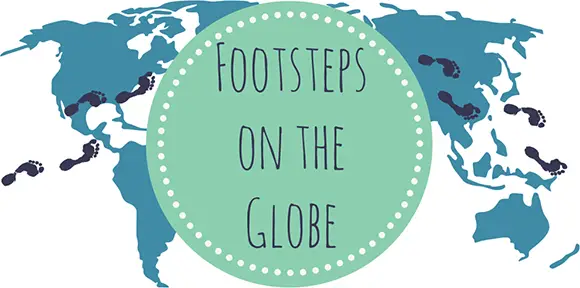
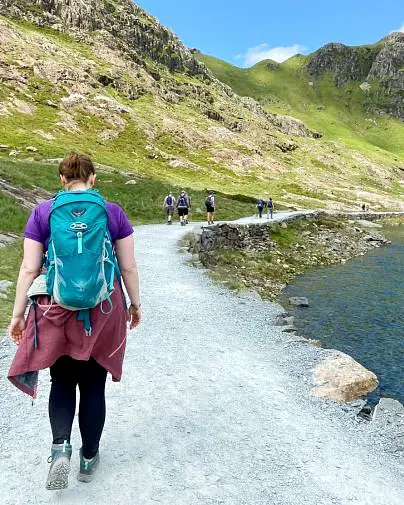
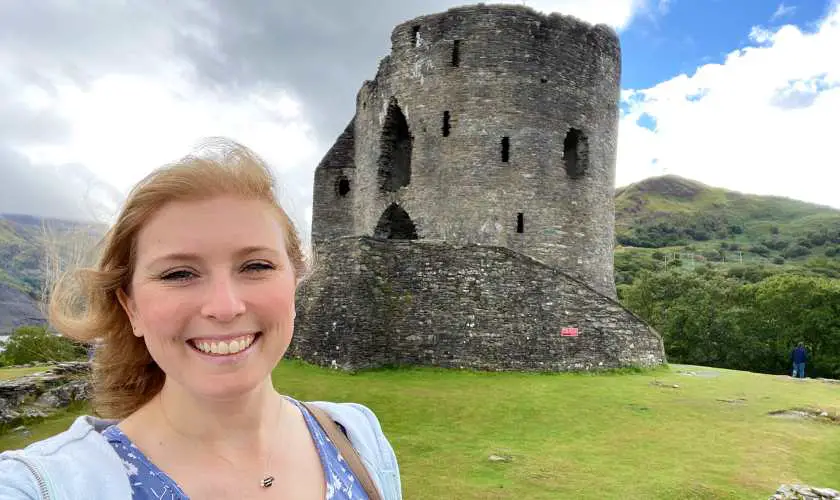
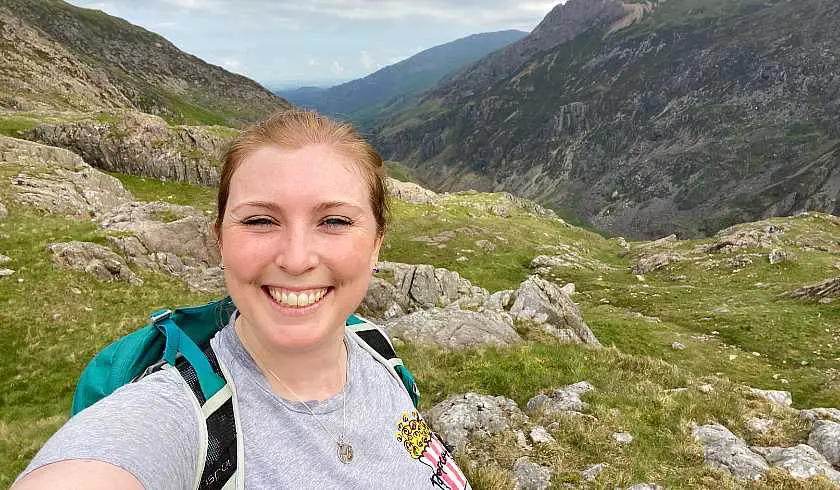
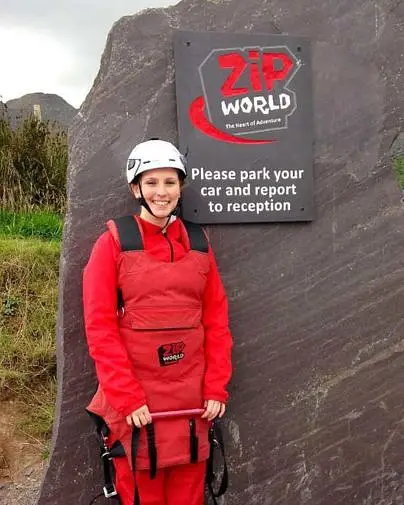
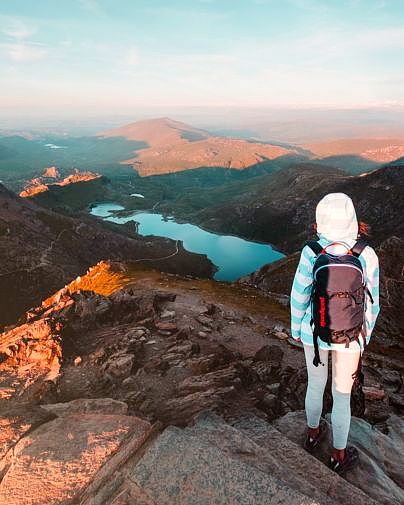
![Top 10 things to do in Conwy, Wales [2024]](https://www.footstepsontheglobe.com/wp-content/uploads/2023/06/Top-10-things-to-do-in-Conwy-Wales-Featured.jpg?x58875)